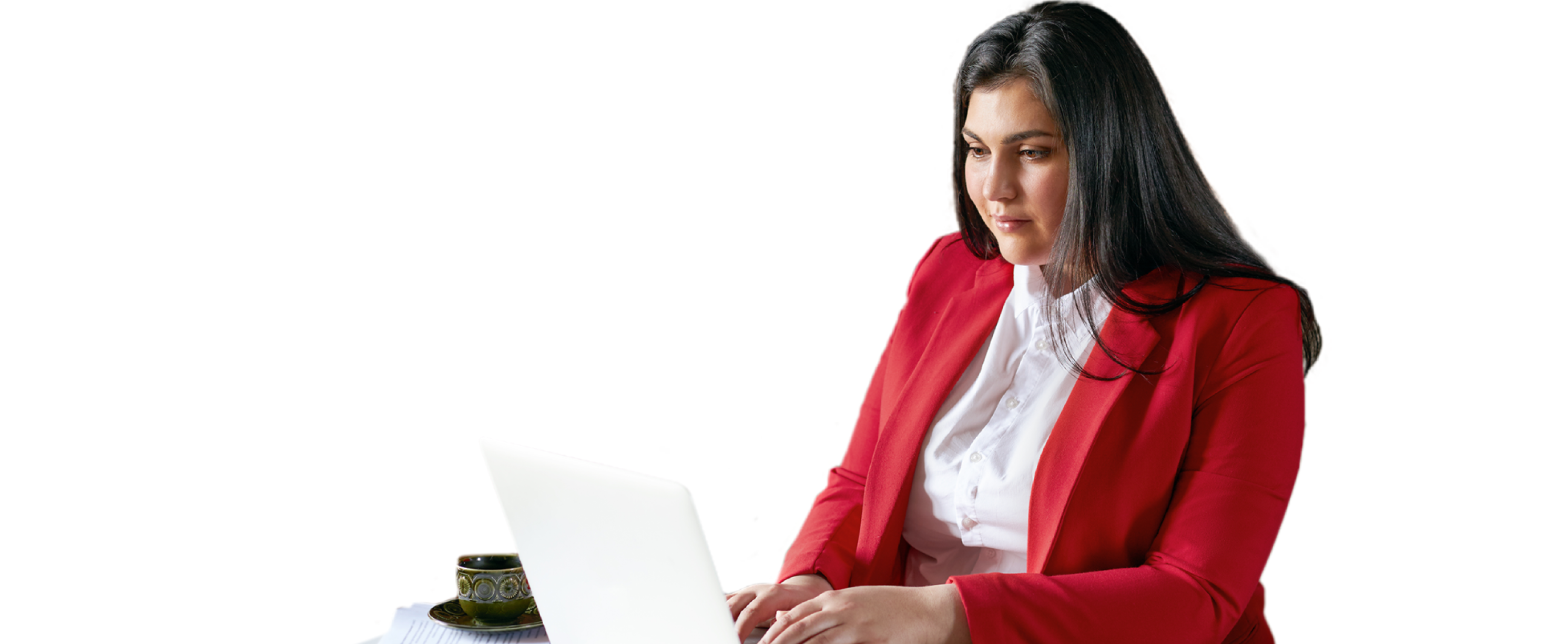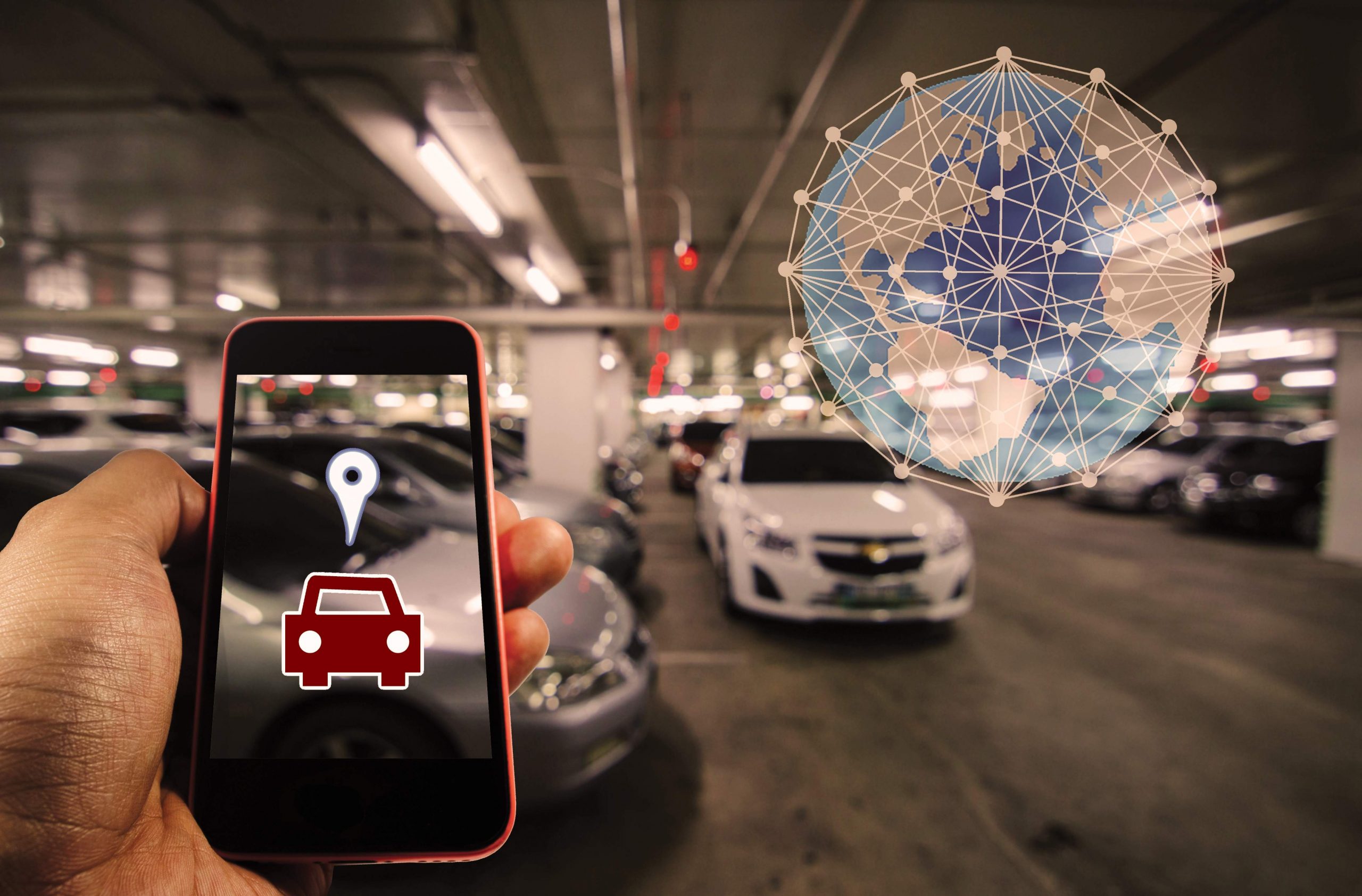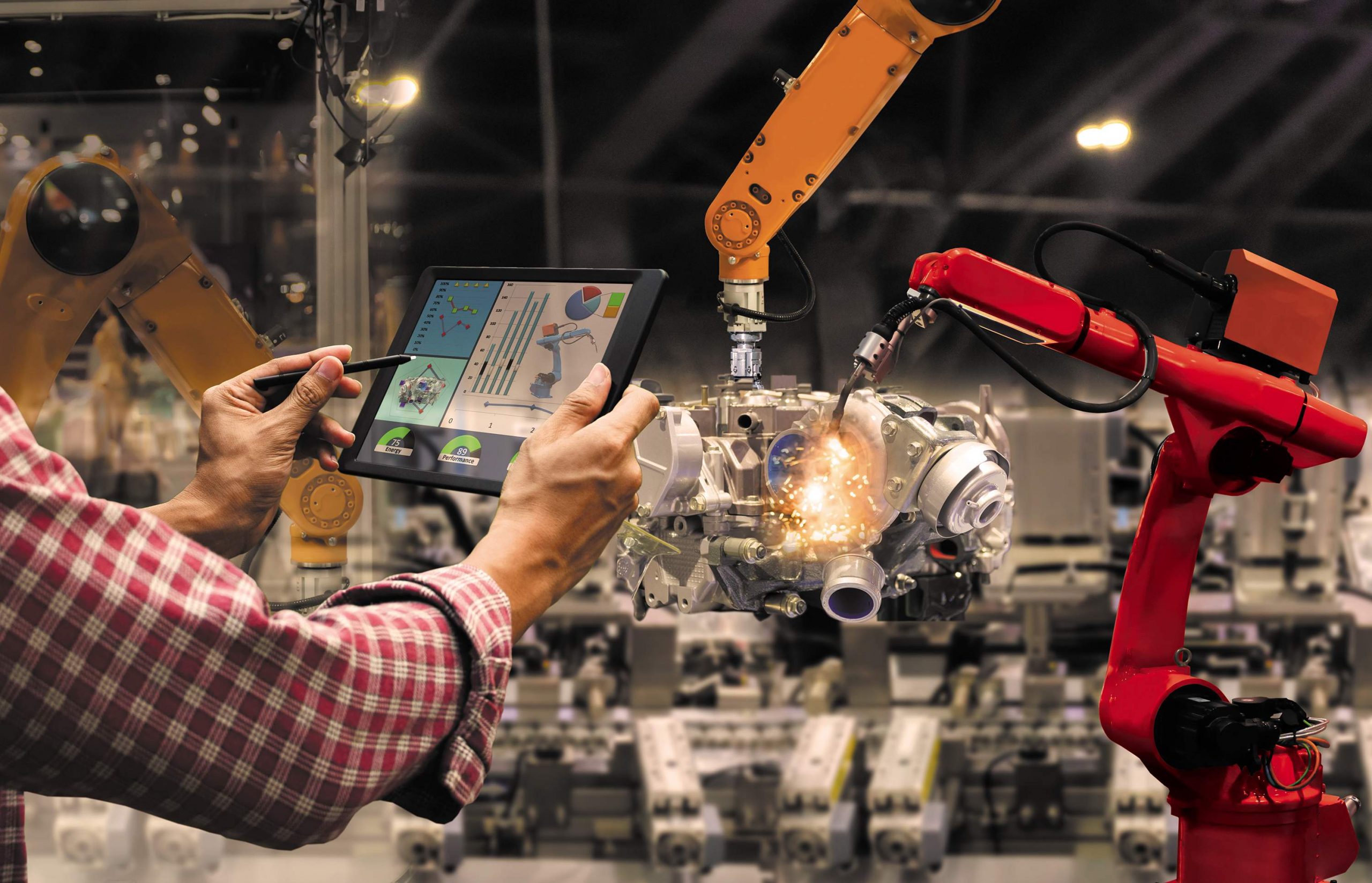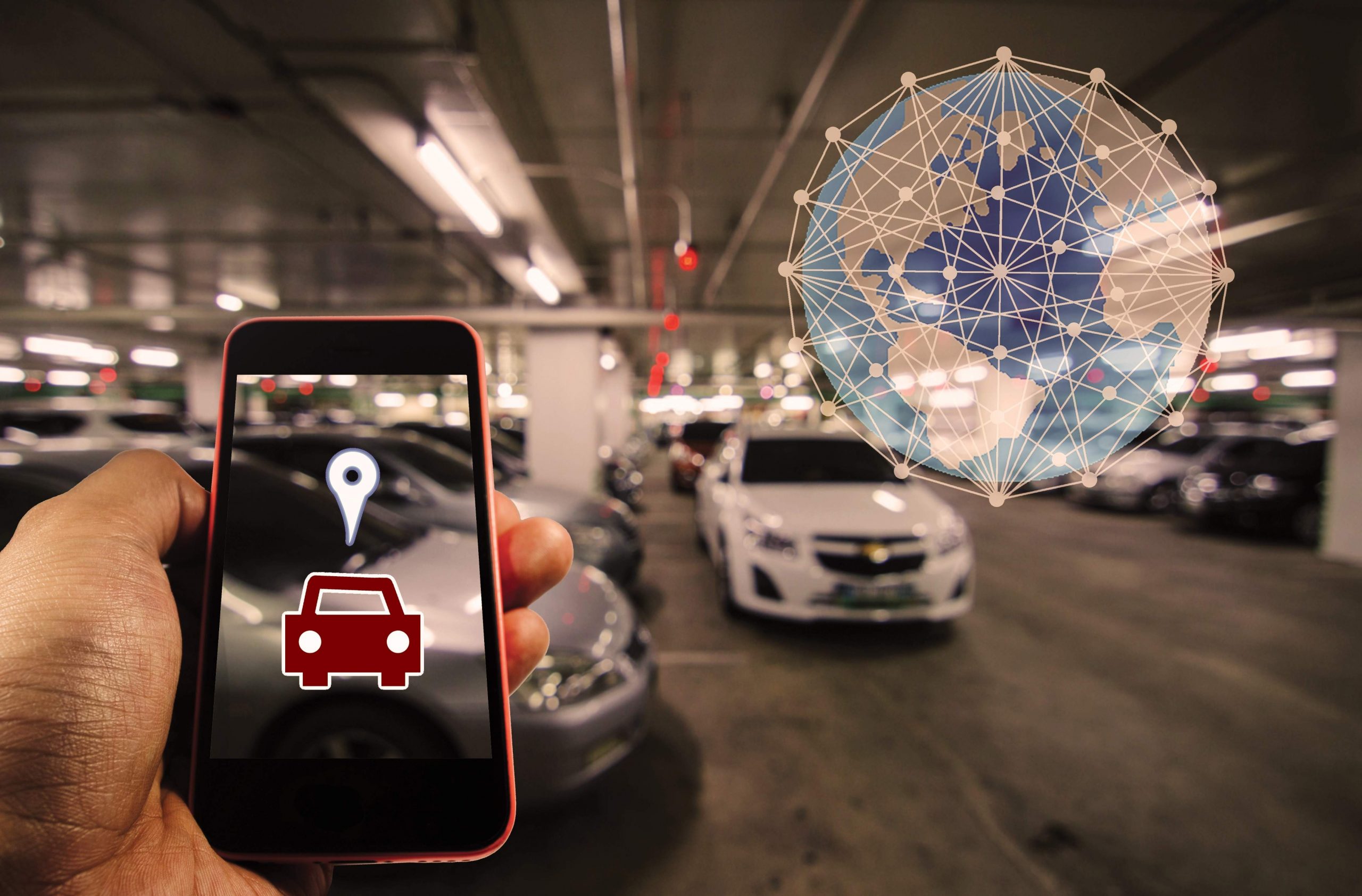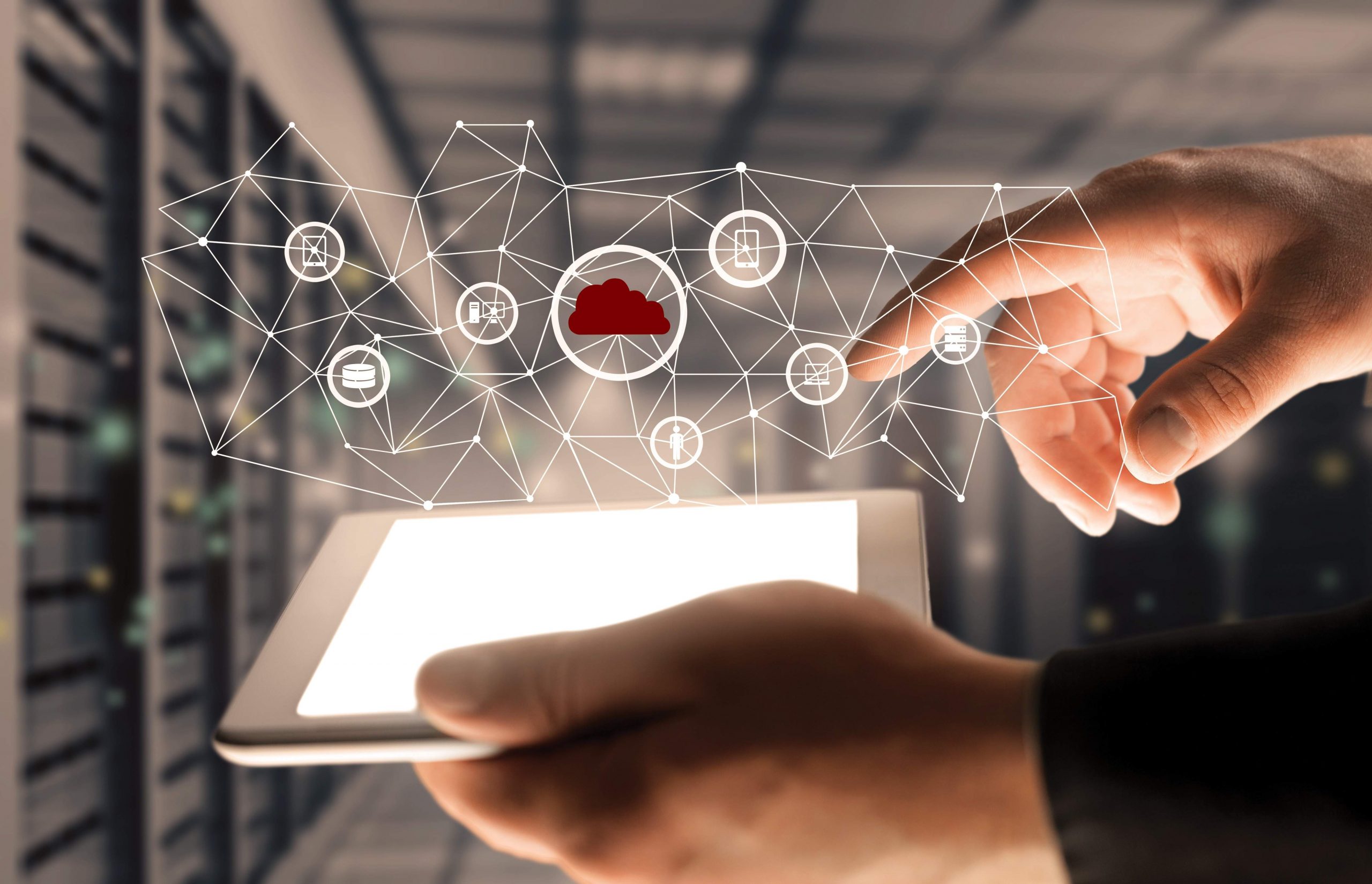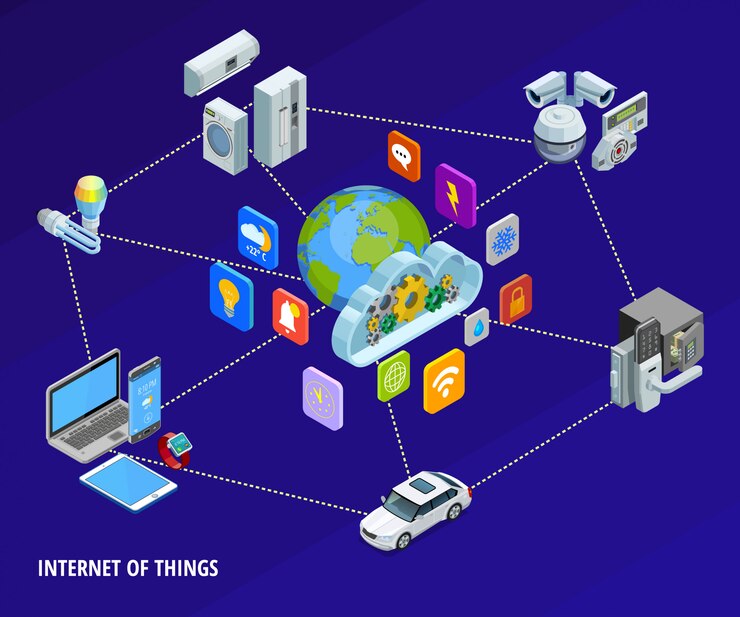IoT Based Smart Water Quality Monitoring & Control System
-
June 19, 2022
-
6 min read

Smart water management for effective agricultural irrigation is essential for increasing crop yields and reducing costs, contributing to environmental sustainability. Internet of Things (IoT) based precision irrigation use of technology provides a way to provide the exact amount of water that plants need. IoT is a natural option for intelligent water management applications, although the integration of various technologies required to operate seamlessly in operation has not yet been fully implemented.
Must Read: IoT in Agriculture: Enabling Smart Farming For Maximizing Productivity & Yield
Why We Need an Effective Water Management System?
Water plays a very vital role in our daily life. Hence, drinking water nowadays is becoming dangerous and polluted due to urban growth, industry, and population growth. Pollution brings down the quality and purity of water. Ensuring clean and safe water is a real ultimatum because of unnecessary sources of chemicals and pollutants. Major pollutants include germs, fertilizers, parasites, pharmaceutical products, pesticides, nitrates, waste, radioactive phosphates, and plastics. These substances not only change the colour of the water but are also invisible to the naked eye. Thus, there is a need for better ways to monitor water quality.
Now, to test the water level, manual efforts are required to test it. Such methods are time-consuming and can no longer be considered effective. Also, at ground level, some people often turn on the water pump and go to work/ sleep, neglecting to turn off the main pipes when the water tank is full. This causes water damage and flooding. Thus, the need for a continuous and reliable water supply is essential to meet our daily needs. As the world is growing in its pursuit of morality and ambition, given its complexities, there is a need for smart change.
Some major water pollution issues include:
- Degradation of biodiversity
- Lack of drinking water
- Infant mortality, diseases
What is Smart Water Level Monitoring?
An IoT-based water-level monitoring solution is an advanced and well-equipped system highly scalable to monitor the real-time volume of water-filled tanks. It is a full-fledged solution comprising customizable and flexible features for ease of use. The rapid acceptance of technology in the water industry is a bold step toward progress, which has a profound impact on overall productivity.
Solutions using IoT based Monitoring & Control systems
The ultrasonic sensor can be mounted on a tank, which can continuously monitor the water level in real-time, thus informing users of the fluid level, and will automatically turn on/off the water pump according to the specified functions. This information is then updated regularly on the website so that the user can analyze the amount of water used and thus, helps in controlling the waste. Now, depending on the water level in the tank, the performance of the engine can also be automatically controlled. Hence, when the maximum level drops below the threshold level, the engine will start automatically.
A basic flowchart for the whole process would look like this:

Smart Water Level Architecture:
It consists mainly 4 types of the following modules:
- Sensors layer module: It plays an important role in the full functioning of an intelligent monitoring system. All other subsequent modules are highly dependent on the output of this layer. Therefore, any malfunction can lead to poor water reporting levels. This sensor layer module now contains 3 submodules: A sensor module, a digital module, and a communication module. In short, the sensor module begins to read data from the ultrasonic sensors (pH level). Next, the digital module analyzes the data, updates the location indicators if available, transfers them to the communication module, and then transfers the data to a targeted cloud server.
- Gateway module: This layer now receives the data from the sensor module layer, i.e., the local gateway, which allows connection between device-to-cloud, device-to-device, or network-to-network. These portals are capable of performing many important functions like protocol translation, device connectivity, security, update, management, data filtering, processing, etc. Now, in case a local gate is not available, developers may re-use the D9F-enabled SIM900. GPRS/GSM acts as a shield for transferring data to a cloud server.
- Cloud services module: This layer provides an efficient and flexible model to deliver the services and infrastructure needed to enable IoT-enabled devices and applications. In this concern, many cloud resources are already on the market like Ada fruit IoT-Platforms. With the help of these, engineers can easily store, visualize, and analyze sensory data. Cloud servers can predict future trends in water quality and may alert end-users with a warning (e.g., Twitter) in the event of any confusion. Significantly, most of these cloud services are free of charge, so customers need to pay for commercial services if available.
- User interface module: Nowadays, almost every modern IoT-cloud platform provides a visual connection to end-users. These forums can send messages via SMS, Facebook, Twitter, email, etc. In addition, these service providers also help end-users with their mobile apps, which can be easily installed on a smartphone. For example, with the Arduino IoT cloud app installed on smartphones, end-users can quickly connect, manage, and manage their IoT devices (e.g., sensors) to any part of the world.
Conclusion:
IoT based smart water management can be monitored in real-time from any part of the world using a combination of portable sensors, digital computer devices, communication media (e.g., TCP / IP protocols), and Internet services. The IoT-based Smart Water Level Monitoring System solves many problems with aesthetics. Some major contributions include low cost, increased spatial resolution, low computational cost, low energy requirements, provision of real-time feedback, improved water quality. The advantage of the IoT-based system is to provide an adequate water supply with good quality water to each house, industry, etc.
IoT based water management solutions help industry stakeholders, governments, and general users achieve their goals of sustainability and efficiency. Today, the IoT concept in this field is already translating a new concept – the Internet of Water. It needs to connect all the systems and players in the water supply chain – water resources, treatment plants and industrial water management systems, distribution facilities, utility and clean energy companies, and consumers, etc. – and empower decision-makers with important information on the status of water resources and equipment used in the supply chain. Probably, there is no better technology to equip a series of delivery systems needed, data applications and tools than IoT.
 Share
Share

